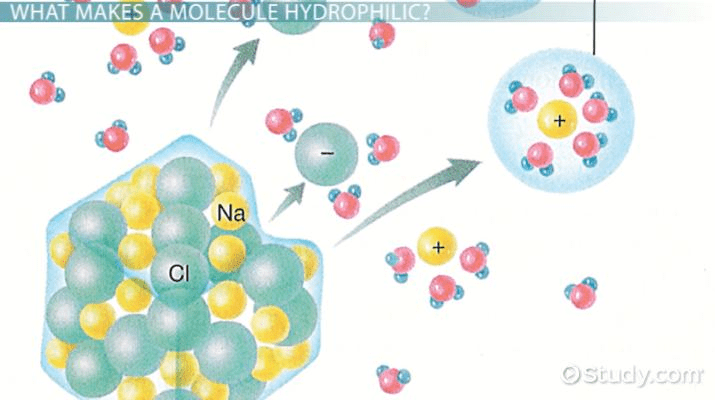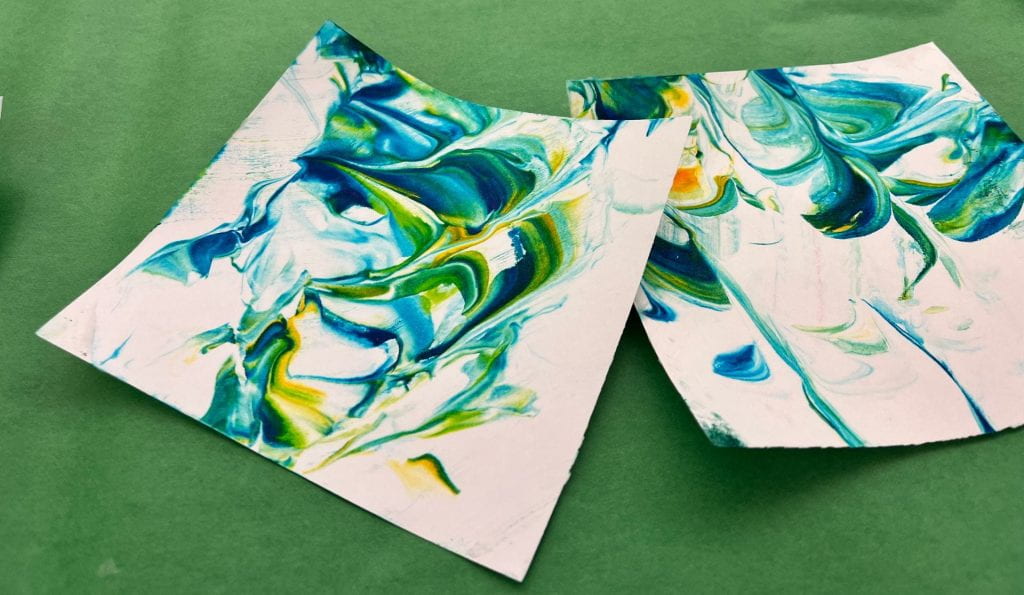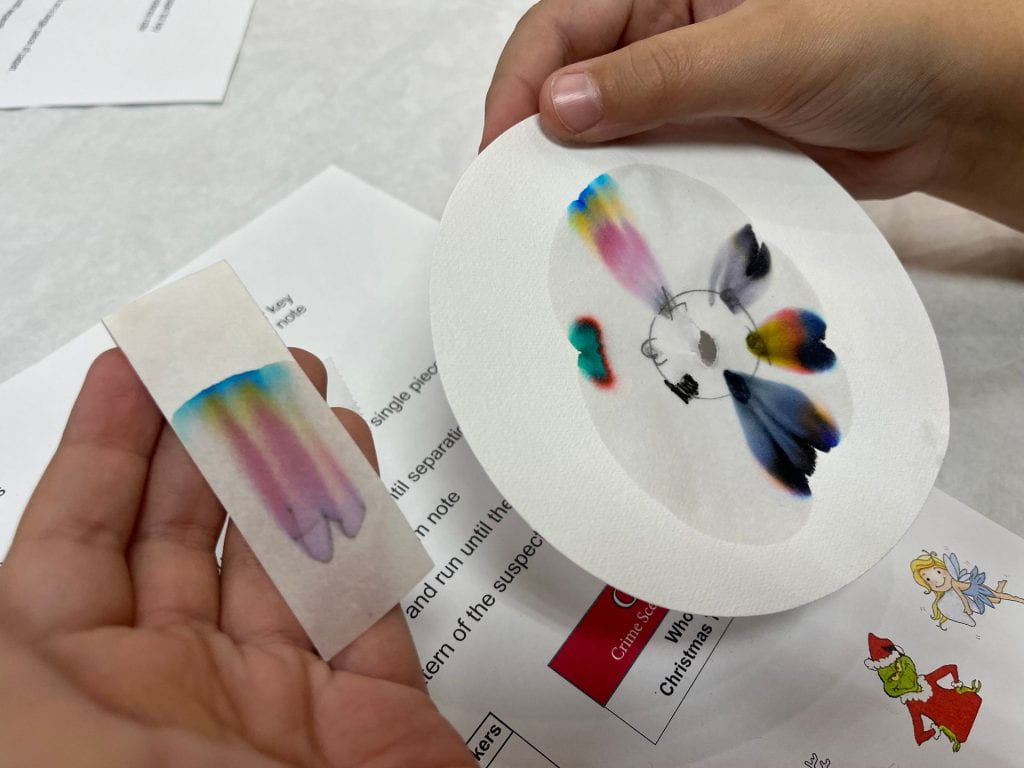By: Meghan Thoreau, OSU Extension Educator
Enjoy the program highlight video above. This past November students engaged in several hands-on activities that allowed them to learn more about chemistry by adding a little color to it.
Chemistry of Milk and Soap Molecules
First students experimented in a rainbow milk activity where they learned first hand about how cow’s milk and soap molecules interact with each other by add food coloring to the mix to visual the reaction.

https://i0.wp.com/www.compoundchem.com/wp-content/uploads/2018/06/The-chemistry-of-milk-v2.png?ssl=1
Cow’s milk contains water, fat globules, proteins, minerals, and vitamins that are spread throughout the liquid. Of this composition, fats and proteins are very sensitive to changes in the milk solution they comprise. Whereas detergent, such as dish soap is made up of anionic, non-ionic, and amphoteric surfactants.

https://i0.wp.com/www.compoundchem.com/wp-content/uploads/2018/05/The-chemistry-of-a-dishwasher.png?ssl=1
Sufactants help with wetting, degreasing, and foaming in the washing processes, where as non-ionic surfactants improve the functional properties of liquids, so they act as surfactant auxiliaries.

https://melscience.com/BE-en/chemistry/experiments/colors-v2_milk/
What happens chemically with the soap molecules and the fats in the milk?
The soap’s polar, or hydrophilic (water-loving), end dissolves in water, and its hydrophobic (water-fearing) end attaches to a fat globule in the milk. The molecules of fat bend, roll, twist, and contort in all directions as the soap molecules race around to join up with the fat molecules.

Student adding soap molecules to milk sample.
What does the term hydrophilic mean?
Well let’s break it down. The prefix “hydro” means water and the suffix “philic” means loving. Thus hydrophilic means water-loving. A hydrophilic molecule is a molecule that can mix and interact with water.

The opposite of hydrophilic is hydrophobic, substances that repel water, “hydros” for water and “phobos” for fear.
More Hydrophobic and Hydrophilic Interactions: Creating Abstract Art by Applying Chemistry

Student created abstract art by applied chemistry.
To continue reinforcing this concept of molecular play, students were lead through another chemistry experiment were they made abstract art with shaving cream, food coloring, and paper.
Soap is an interesting molecule because it has both hydrophilic and hydrophobic components, or what we call amphipathic, depicted in the image above. A soap molecule looks a bit like a snake, in which the head is polar and hydrophilic and the tail is non-polar and hydrophobic.

https://www.themacbath.com/blog/2016/6/27/back-to-basics-what-is-soap
Shaving is a foam that is comprised of soap and air. Food color is a dye that was dissolved in water, and is therefore hydrophilic. Students added a few drops of food coloring into a tray of shaving cream. The food coloring can only interact with the hydrophilic head of the soap molecules and thus has limited mobility.
The students take advantage of this limited mobility characteristic of the shaving cream’s chemistry and take a tooth pick and swirl the drops of food coloring for a few seconds. They then take a sheet of paper and place it on top of their shaving cream and add a little pressure.
Paper is composed of cellulose with is comprised of polar hydroxyl (or oxygen and hydrogen) that make paper very hydrophilic. The food coloring which is also very hydrophilic, can spread very easily across the paper to stamp a distinct pattern from the shaving cream to the paper; similar to a printing press, but her used for abstract art printing.
Chromatography C.S.I. Lab
The students started the last experiment, by learning how science terms can be broken down and be very informative by just understanding how terminology is used. For example, the club activity used Chromatography, chromat/o means “color” and –graphy means “the process of recording,” therefore chromatography is “the process of recording color.” The break down of science terms can be very specific and informative to learning.Just like photography is “the process of recording a light” which was the original science process behind how traditional photographs were developed.
Or take Instagram, the social media company, used a terminology naming approach to describe their social media site. Insta- means “instant” or quickly produced. Gram means “to record,” so Instagram means “to record instantly.”

Students preparing to start the C.S.I. Chromatography lab experiment.
Now back to the student run C.S.I. Lab experiment, students began lab technicians that analyzed evidence in theft case of, Who done it? The were given six different pens found in possession of six suspects and a ransom letter left by person who stole a Christmas tree.Students analyzed the evidence by studying the black ink in six different pens vs. the black ink sample found on the ransom letter. The students already were clued into what Chromatography was because they learned to how to breakdown the term. They were involved in “the process of recording color,” more specifically by separating components of the black ink samples, into two phases, stationary to mobile phases, and then compare the results against the black ink sample of the ransom letter.

Students adding black ink samples of six pens to the chromatography paper.
Chromatography paper is a powerful analytical tool. Students added the six ink samples to the paper. They allowed the paper to slowly absorb water, which in turn took the station ink sample and the ink sample and allowed it to move through the fibers of the paper into its mobile phase. This process separated the ink substance which is a low-molecular-mass and move it between its stationary phase and mobile phase.

Student C.S.I. lab sample comparison of ransom letter and six black ink samples collected.
The results were very conclusive and turned over to the Pickaway County’s Sheriffs Department to further inform their investigation of who stole the Christmas tree case.